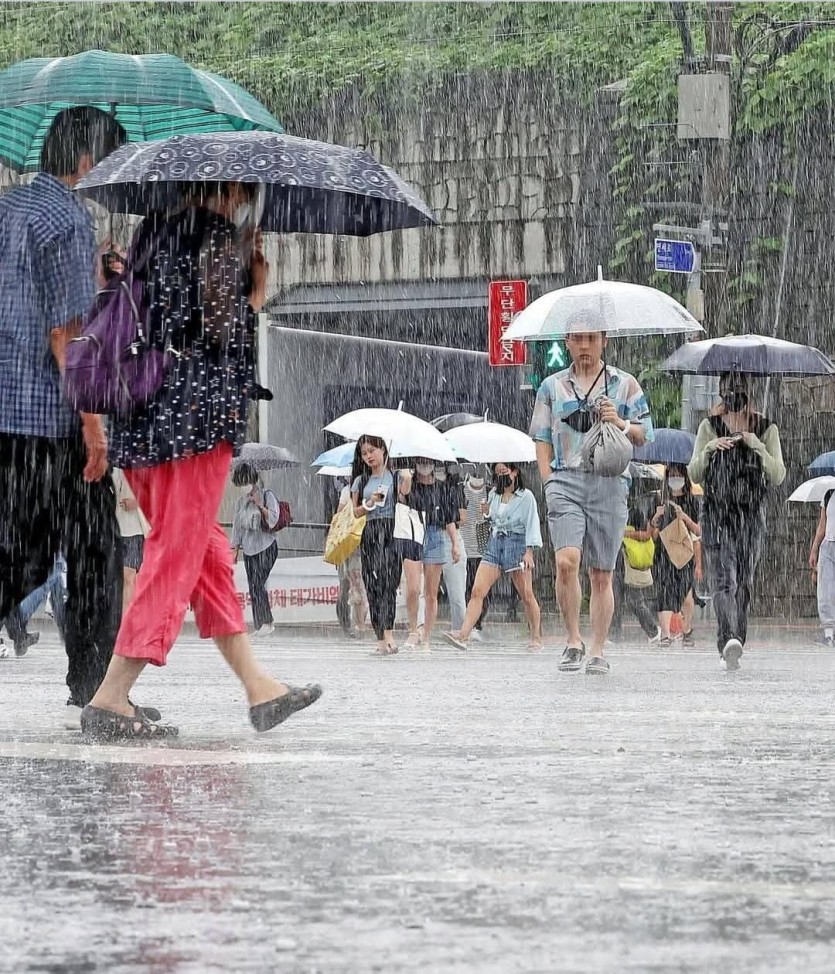The Dual Impact of the Monsoon Season in South Korea: Balancing Agricu…
페이지 정보

본문
Hello everyone,
South Korea's monsoon season, known as Jangma, is a defining feature of the nation's climate. Occurring from late June to late July, this period brings heavy rainfall that significantly influences various aspects of life in the country. While the monsoon is crucial for agriculture and water resources, it also poses substantial environmental and economic challenges.
Agricultural Benefits: Sustaining Crops and Water Resources
The monsoon season is vital for South Korea's agriculture. Approximately 70% of the country's annual precipitation falls during this period, providing essential water for crops, especially rice, which is a staple food. The rainfall ensures that rice paddies are adequately irrigated, supporting the nation's food security.
In addition to agriculture, the monsoon replenishes water reservoirs, lakes, and rivers, securing water supplies for both rural and urban areas. This is particularly important for cities like Seoul, which rely on these water sources for drinking and industrial purposes.
Environmental Risks: Flooding, Soil Erosion, and Water Pollution
Despite its benefits, the monsoon season brings significant environmental risks. Intense rainfall can lead to flooding, landslides, and soil erosion, particularly in mountainous regions. For instance, in 2020, heavy rains caused widespread flooding in southern parts of the country, resulting in loss of life and extensive property damage.
Moreover, the monsoon exacerbates non-point source (NPS) pollution. Runoff from agricultural lands carries nutrients and sediments into streams and rivers, leading to water quality deterioration. A study in the Haean catchment area found that monsoonal rainfall increased exports of nutrients and sediments into streams, impacting water quality and aquatic ecosystems .
Economic Impacts: Inflation and Business Disruptions
The economic implications of the monsoon season are profound. Flooding and wet conditions disrupt construction projects, delay transportation, and damage infrastructure. Small businesses, especially in the service industry, suffer from reduced consumer spending and increased operational costs.
Additionally, the monsoon affects food prices. The Korea Development Institute reported that a 100-millimeter increase or decrease in precipitation could lead to a 0.07 percentage point change in inflation, with fresh food prices being particularly sensitive to rainfall variations .
Climate Change: Intensifying the Monsoon's Effects
Climate change is altering the characteristics of the monsoon season. Studies indicate that the boundaries between the monsoon and dry seasons are becoming increasingly blurred, leading to prolonged periods of rainfall and more frequent typhoons. This phenomenon, referred to as the "Korea-style monsoon," poses additional challenges for agriculture, infrastructure, and disaster management .
South Korea's monsoon season exemplifies the dual nature of natural phenomena offering both benefits and challenges. While it is indispensable for agriculture and water resources, it also brings environmental and economic risks. As climate change continues to influence weather patterns, it is crucial for the government and society to implement adaptive strategies. These include improving infrastructure resilience, adopting sustainable agricultural practices, and enhancing disaster preparedness to mitigate the adverse effects of the monsoon season
- PrevEarlier Cherry Blossoms: Nature's Calendar is Changing 25.05.21
- NextSamsung S25 Ultra: Worth the Hype? 25.05.09
댓글목록
There are no registered comments.

